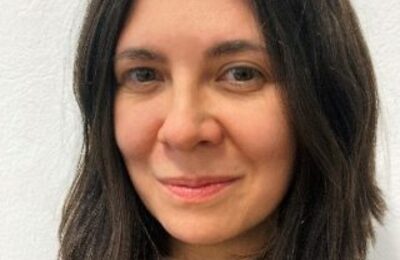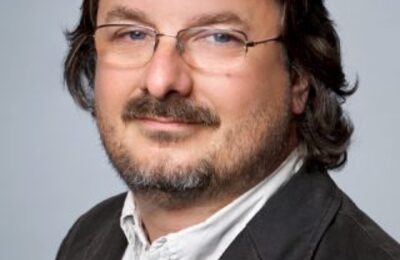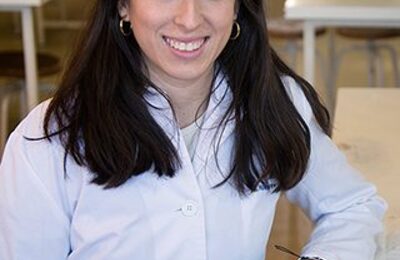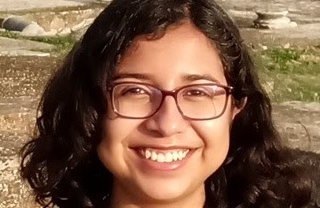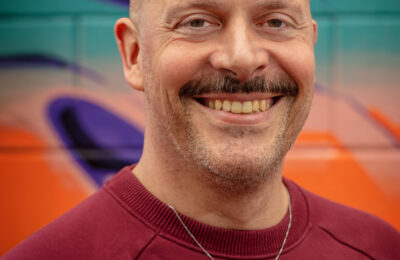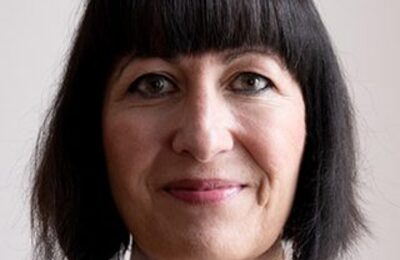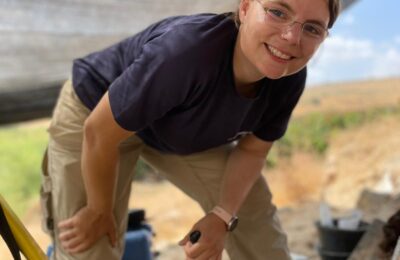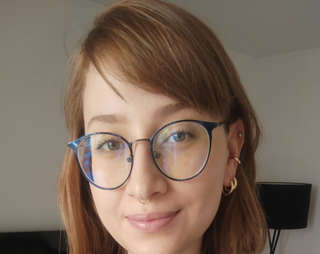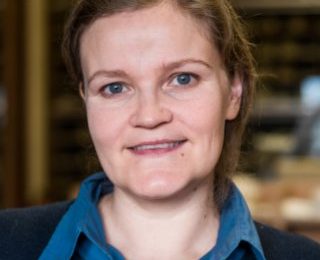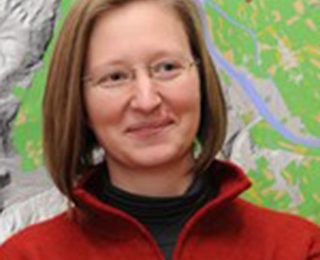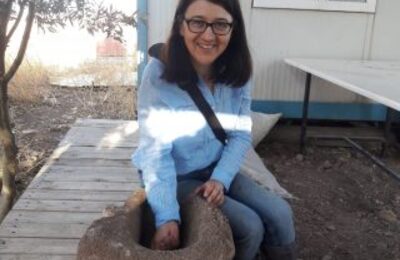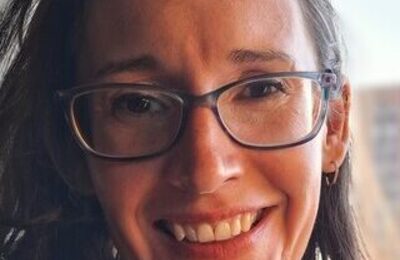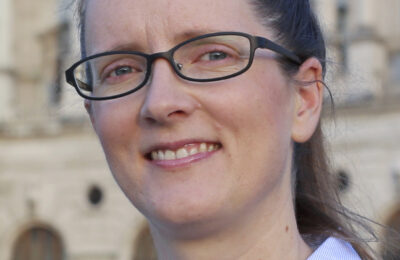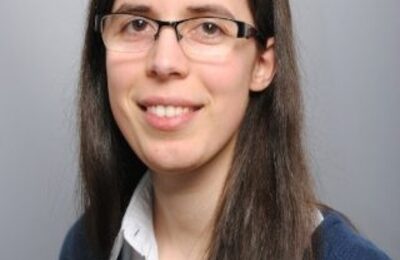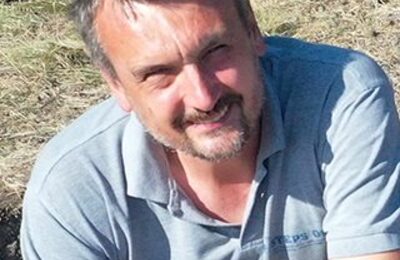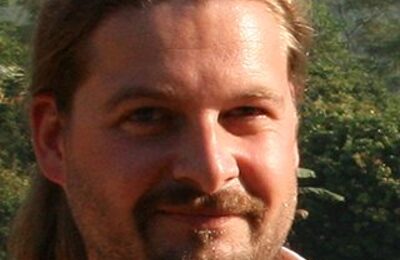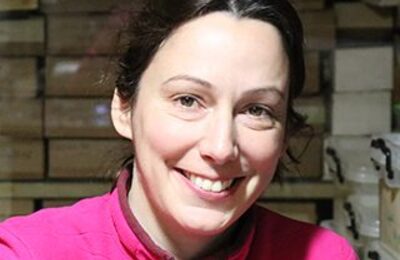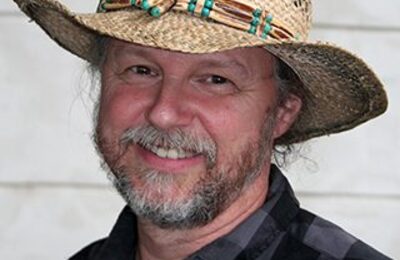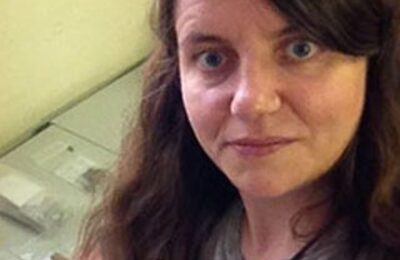I am an archaeobotanist, holding a PhD in Biology from the University of Innsbruck. The primary focus of my research is the exploration of the interactions between human cultures and plants, with a particular emphasis on the history of agriculture and food cultures. My research interests also extend to a range of other topics, including but not limited to mining, dyeing, wood use, and ritual practices. Throughout the years of my professional life, I have participated in a considerable number of research projects across Europe and the Mediterranean region. These projects have played a pivotal role in the development of my expertise. During my academic career I have had the privilege of teaching at three institutions: the University of Natural Resources and Applied Life Sciences, Vienna (BOKU), the University of Vienna, and the University of Applied Arts, Vienna. In 2012 I was honoured with the BOKU Teaching Award and in 2020 I received the Venia Docendi (habilitation) for Archaeobotany at the same university. As a founding member of the Austrian Bioarchaeological Society (BAG) in 2015 and a current board member, I have been actively contributing to the development of zooarchaeology, archaeobotany, and biological anthropology in Austria. This experience has been both rewarding and fulfilling. In 2016, I was awarded the opportunity to establish an Archaeobotany Laboratory at…

